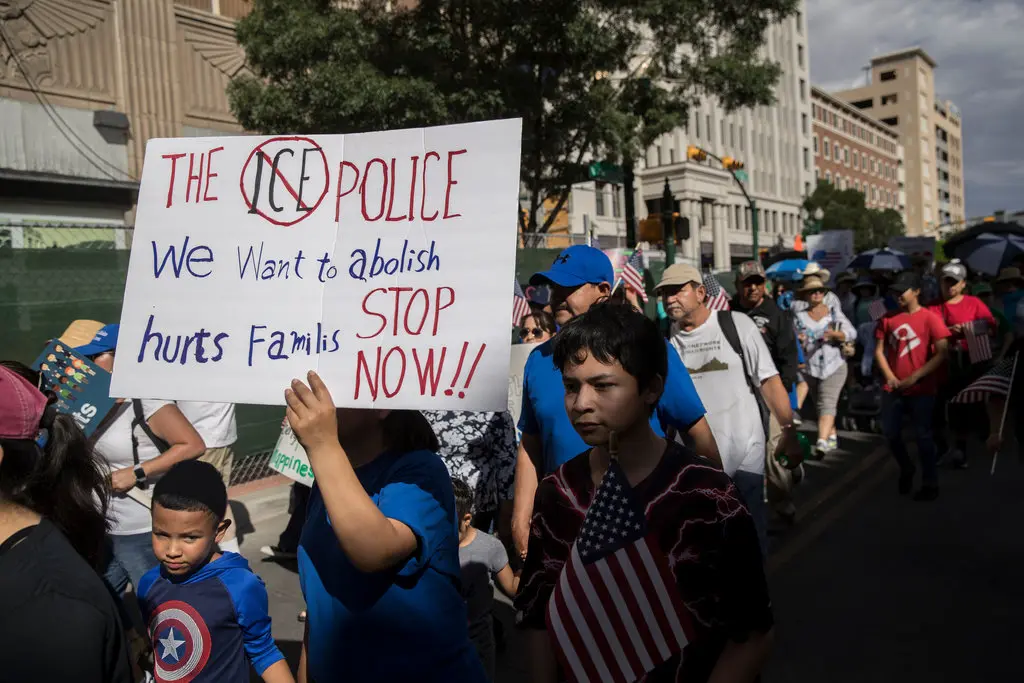Immigration is a hot topic in the U.S., but the debate often involves complex terms and policies that can be hard to understand. To help clarify, here are 10 key terms that are essential to understanding the immigration discussion:
- Migrant
A migrant is someone who moves from their place of birth to another location, often far away. Migrants can move within their own country (internally displaced) or to another country (international migrants). Some migrants move seasonally or back and forth between places. Many eventually return to their home countries. - Immigrant
Immigrants are people who move to another country to settle there. They can have different legal statuses, such as having a green card (permanent residency) or a visa for work, study, or protection. Immigrants contribute to the economy and society in many ways. - Undocumented Immigrants
These are people who live in a country without the proper legal paperwork. They may have entered without authorization or overstayed a visa. Despite their status, many pay taxes and contribute to the economy. - Asylum Seekers
Asylum seekers are people who flee their home country due to fear of persecution or violence and ask for protection in another country. They can apply for asylum at a U.S. border or after arriving. The process can take years, and a judge decides if they can stay. - Refugees
Refugees are similar to asylum seekers but apply for resettlement while still abroad. They often flee war or conflict. The U.S. has a yearly cap on how many refugees it accepts. Refugees can work legally and eventually apply for permanent residency. - Unaccompanied Children
These are migrant children who enter the U.S. without parents or guardians. They are allowed to stay and apply for legal status, often joining relatives already in the country. - Family Separation
This refers to the policy of separating migrant parents from their children at the border. Thousands of families were separated under the Trump administration, and many are still not reunited. - Immigration Detention
Immigration detention involves holding undocumented immigrants in centers similar to prisons. Some are run by the government, others by private companies. Detainees may be deported or released while awaiting court dates. - Coyote
A coyote is a guide paid by migrants to help them cross borders undetected. This practice has become more dangerous and expensive as border security has tightened. - Government Agencies
Several U.S. agencies handle immigration:
- DHS (Department of Homeland Security): Oversees immigration enforcement.
- CBP (Customs and Border Protection): Manages borders and ports of entry.
- ICE (Immigration and Customs Enforcement): Focuses on detaining and deporting immigrants within the U.S.
- HHS (Department of Health and Human Services): Cares for unaccompanied migrant children.
Why This Matters:
Understanding these terms can help you follow the immigration debate more clearly. Immigration policies affect millions of people, from migrants seeking safety to communities welcoming newcomers.
What do you think about U.S. immigration policies? Should the focus be on stricter enforcement or creating more pathways for legal migration?

